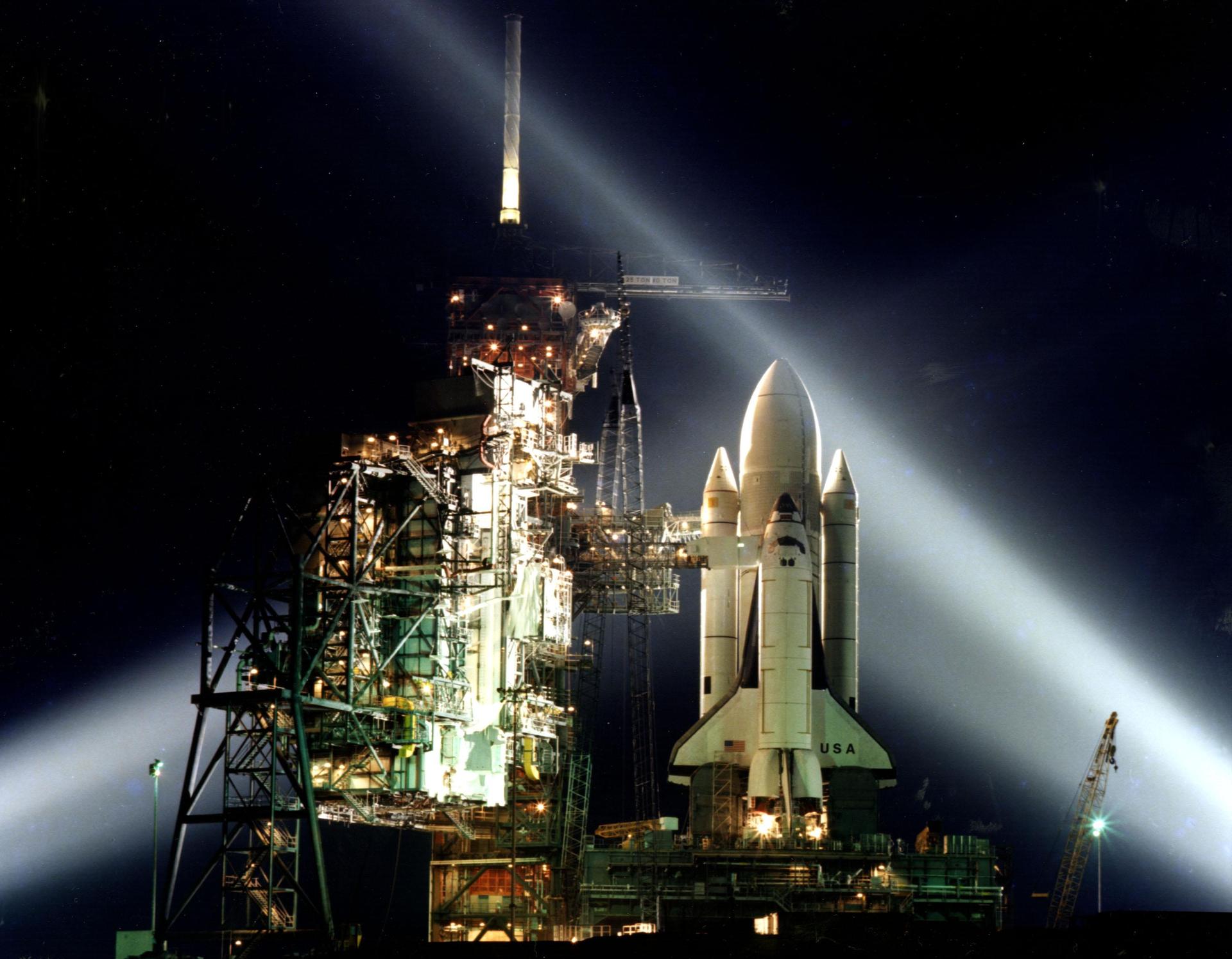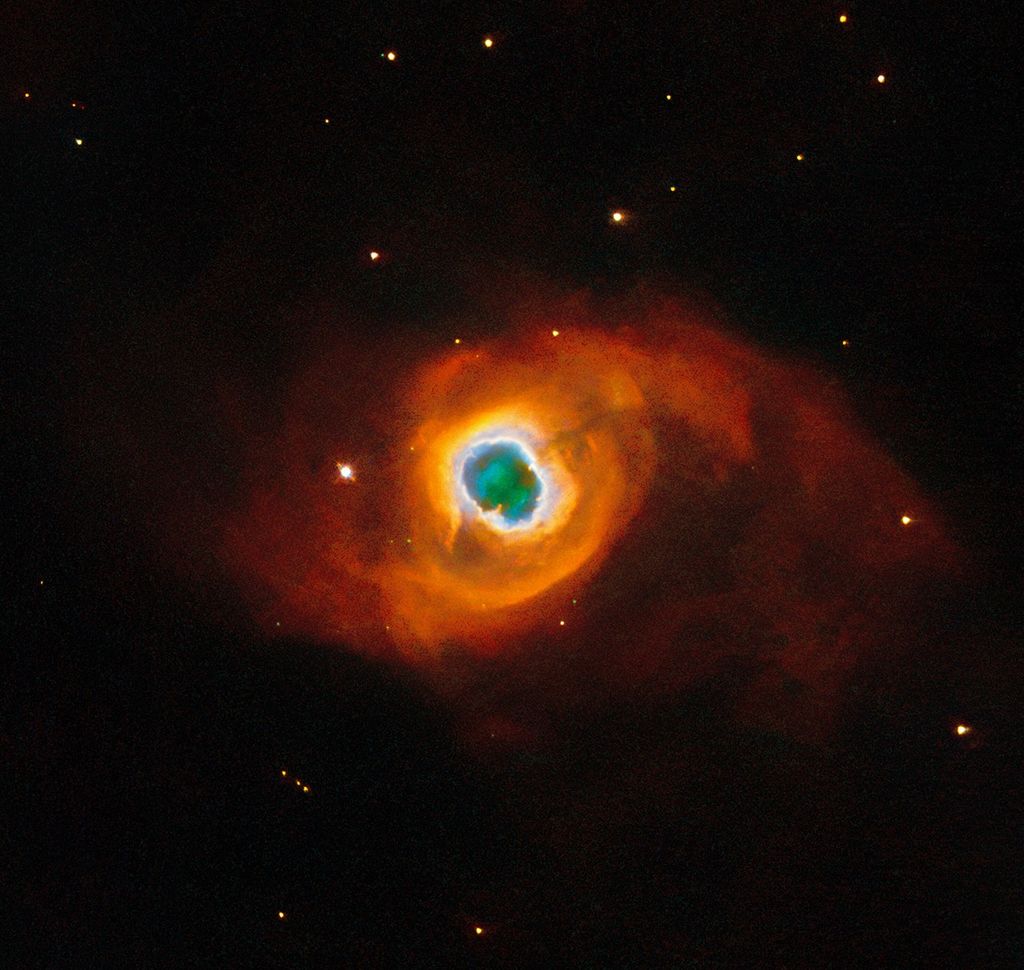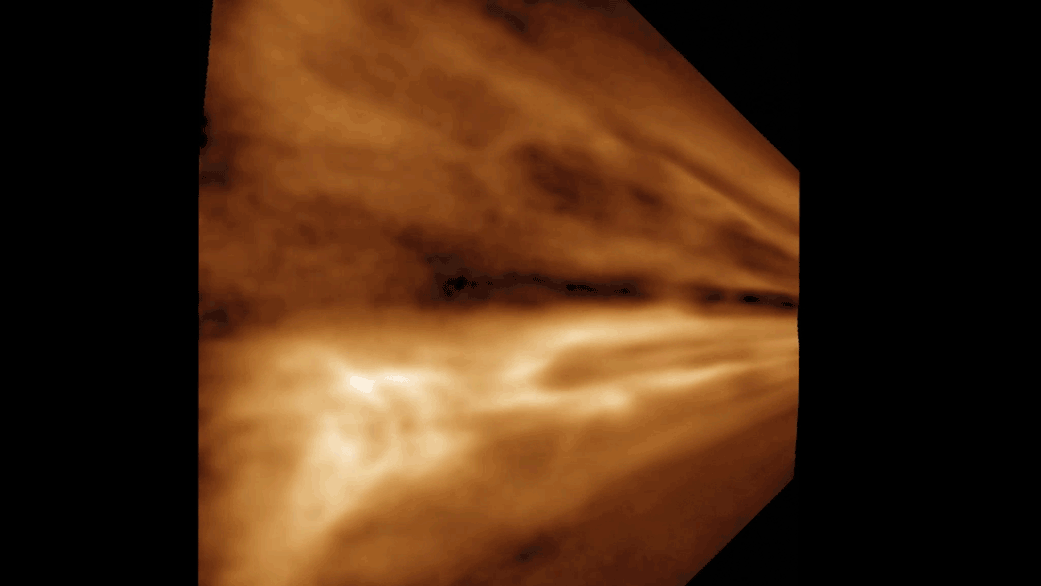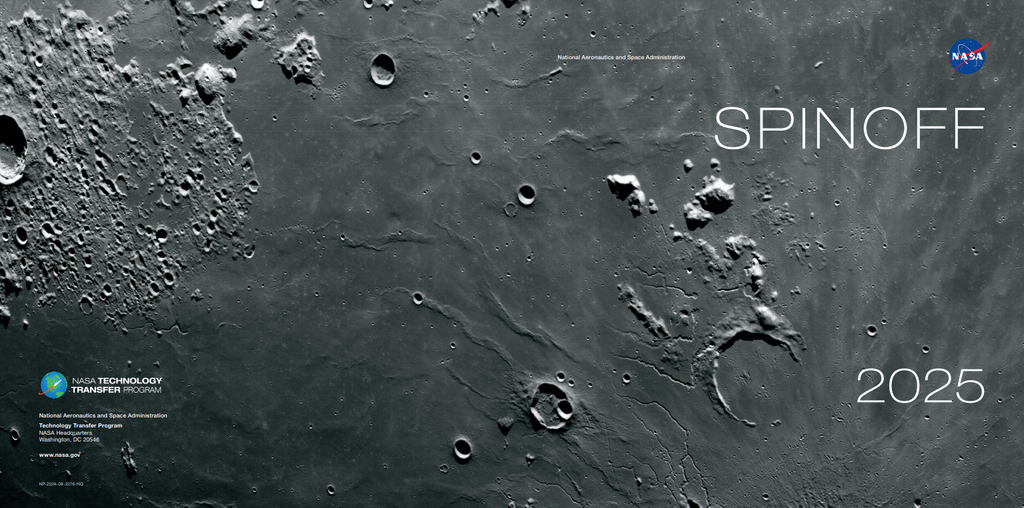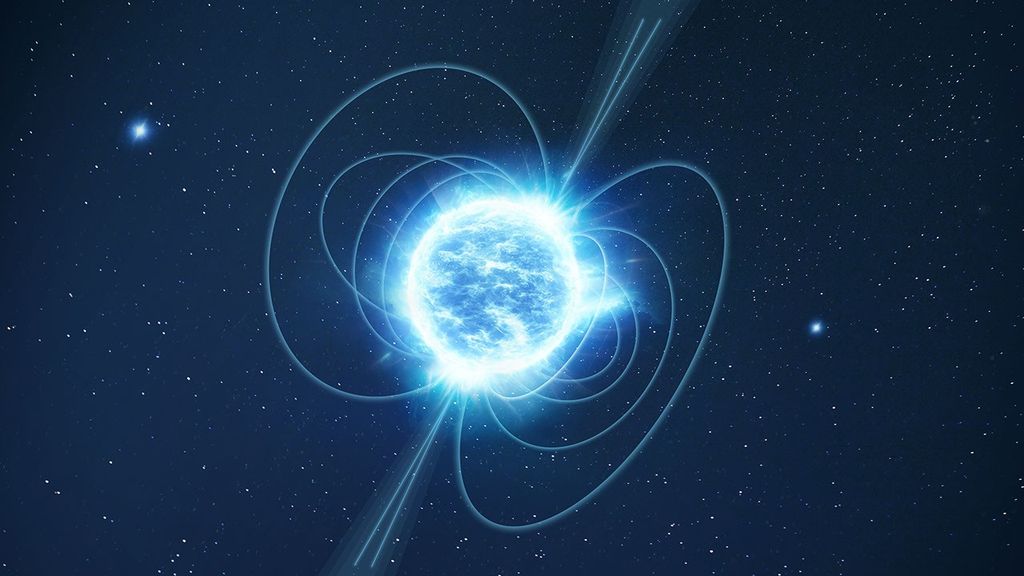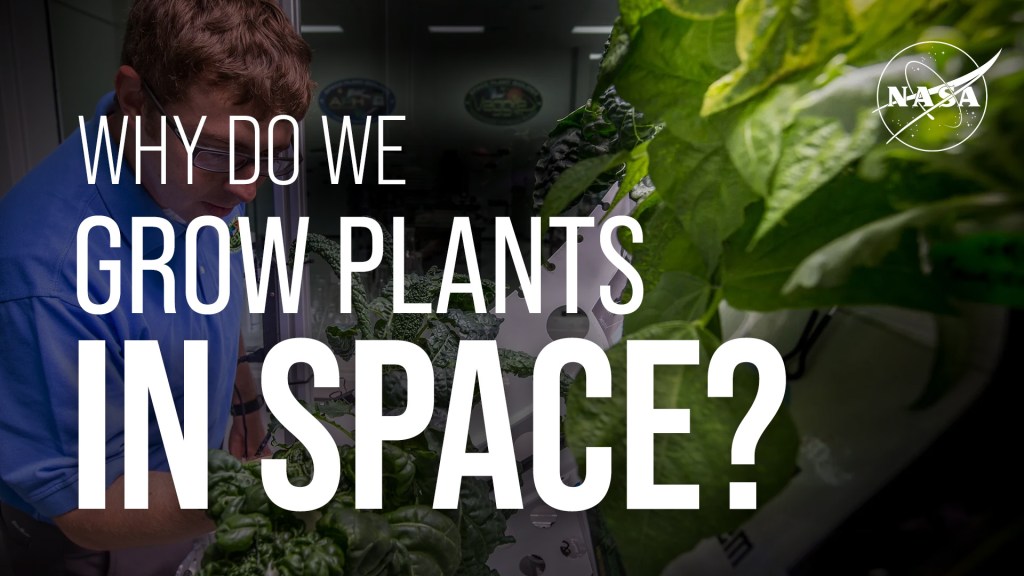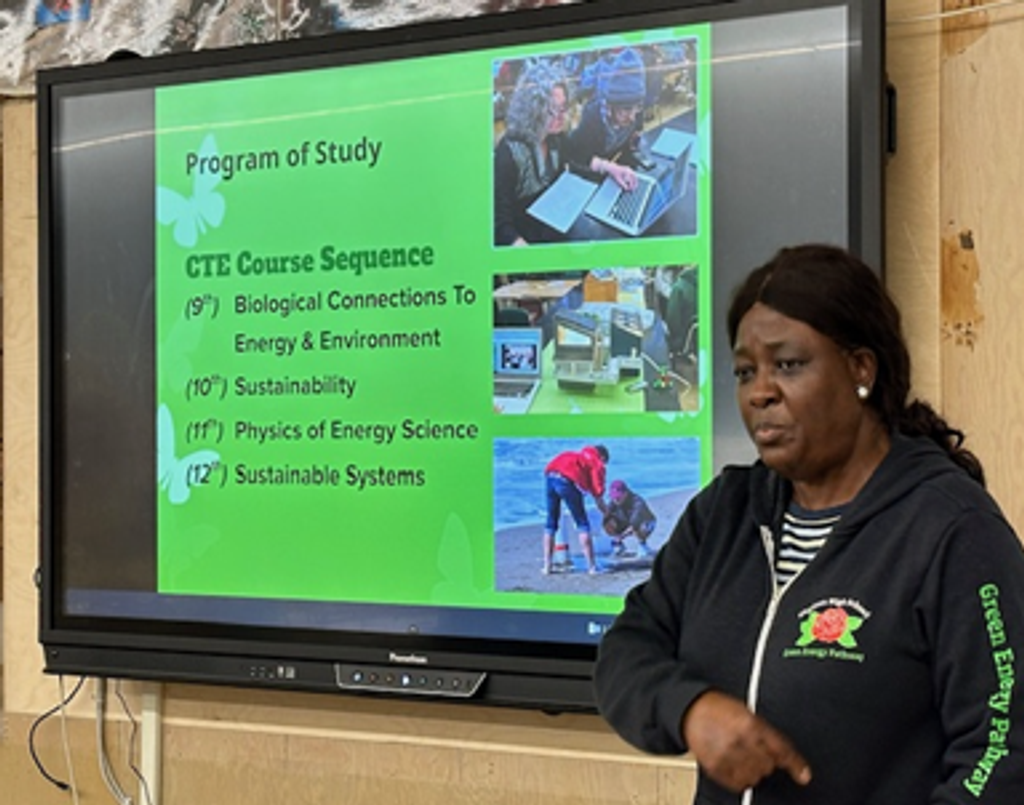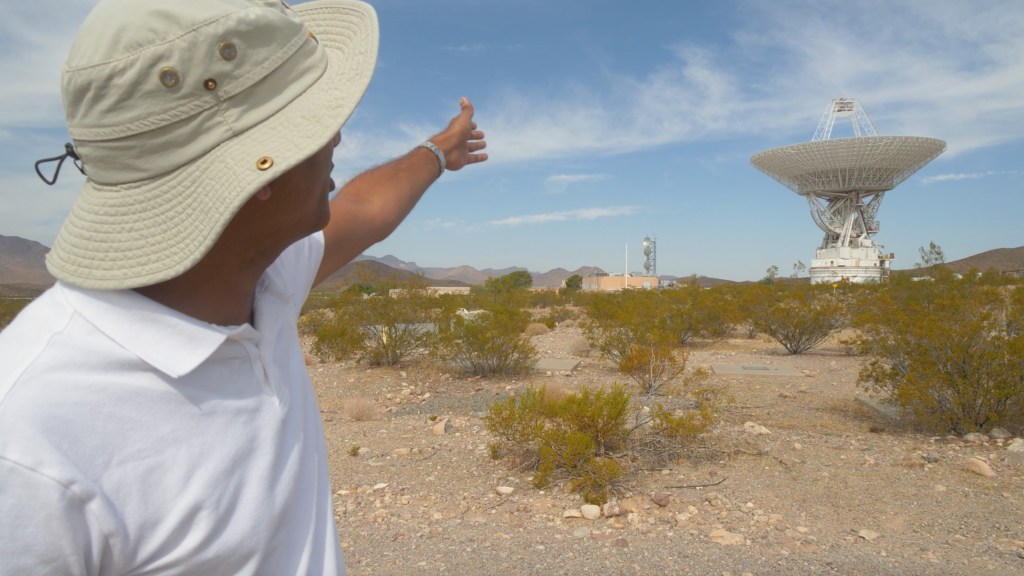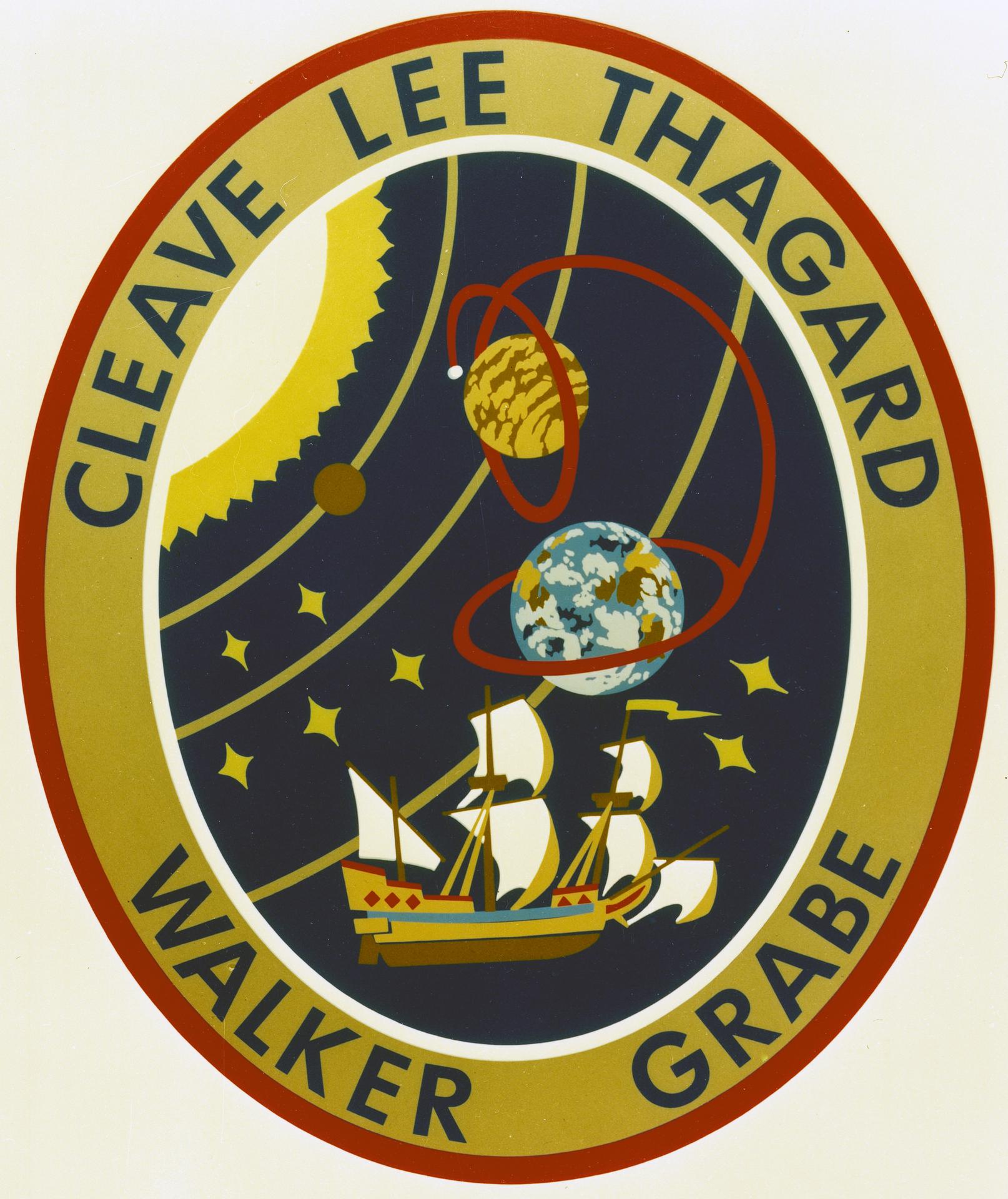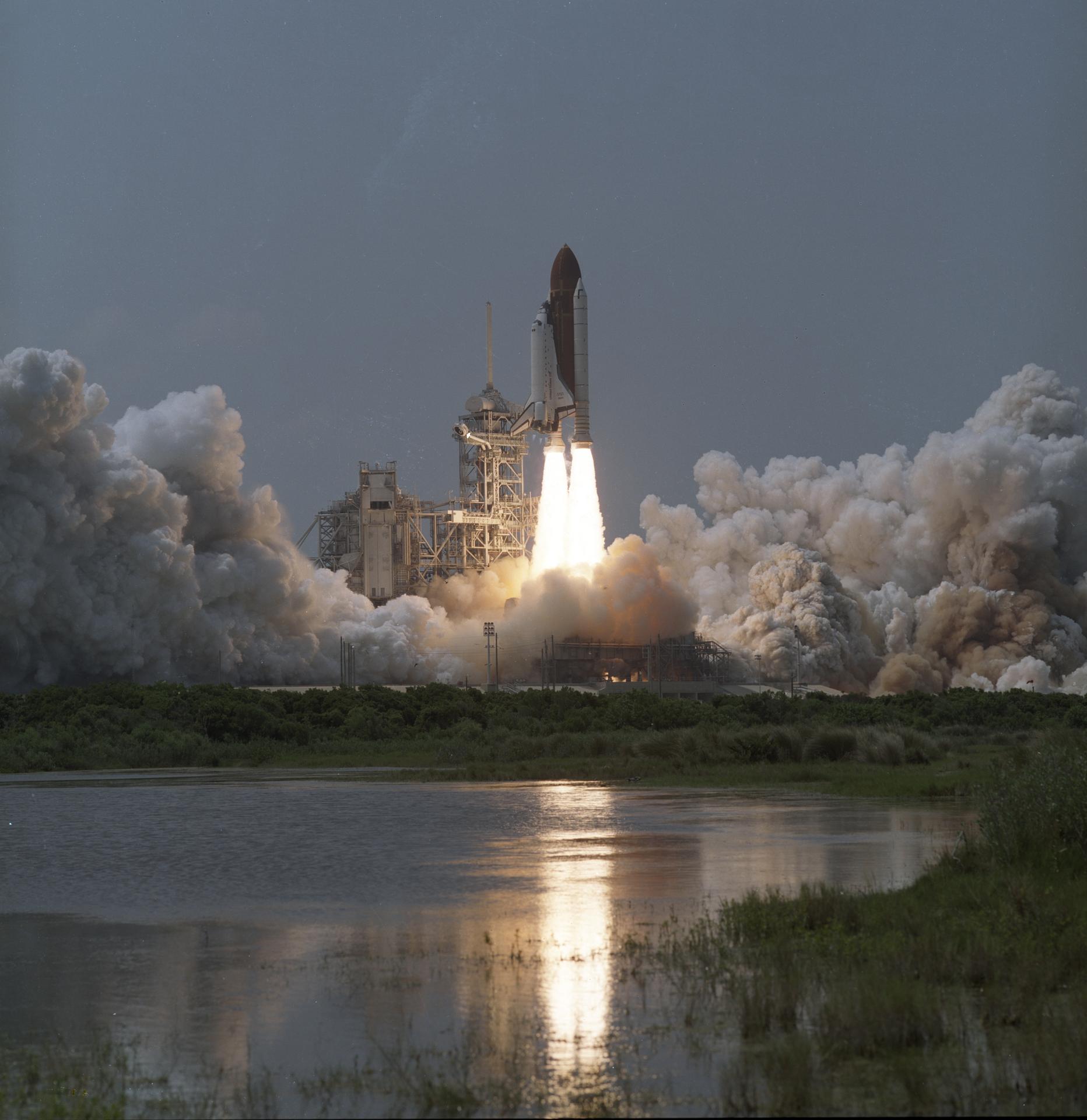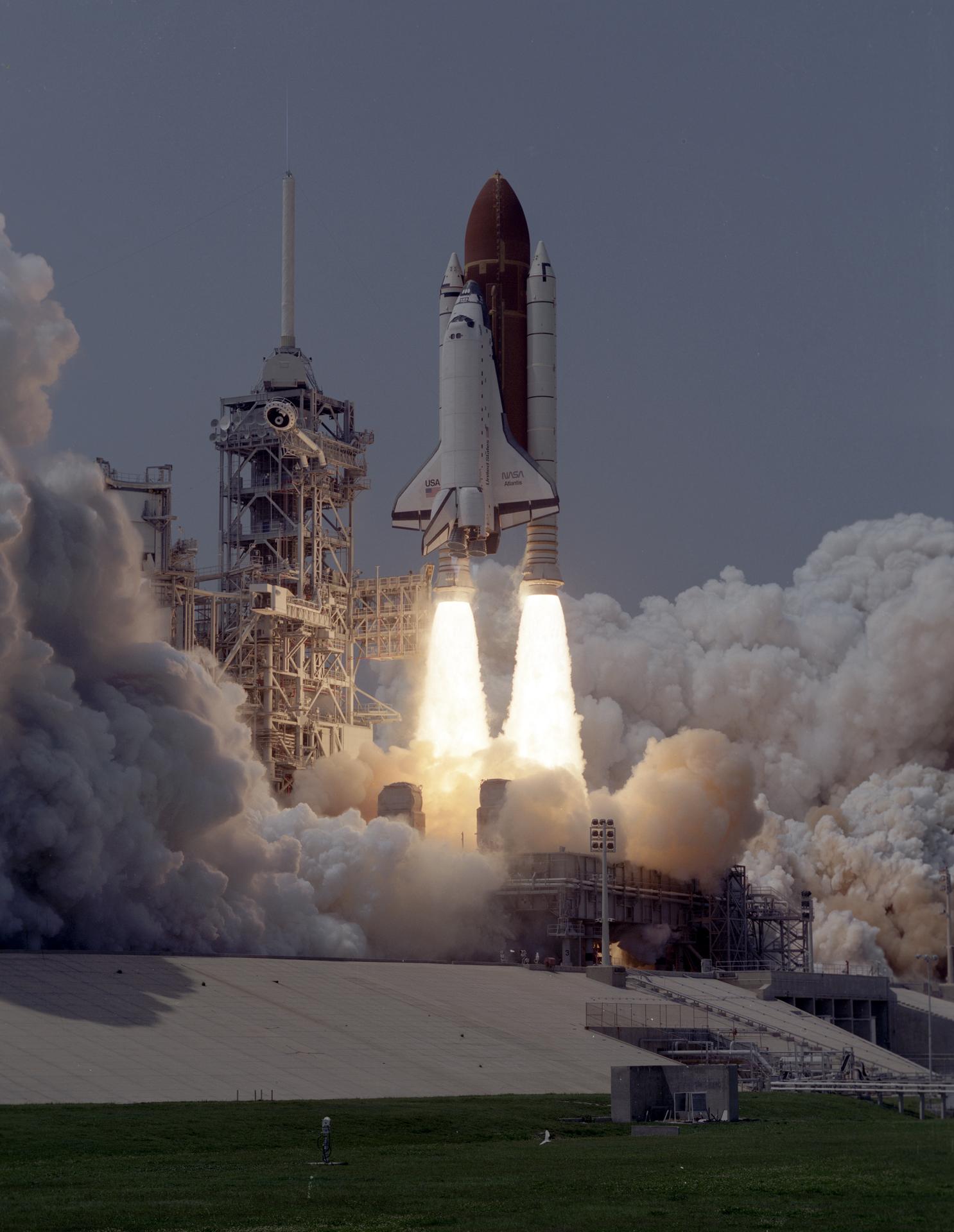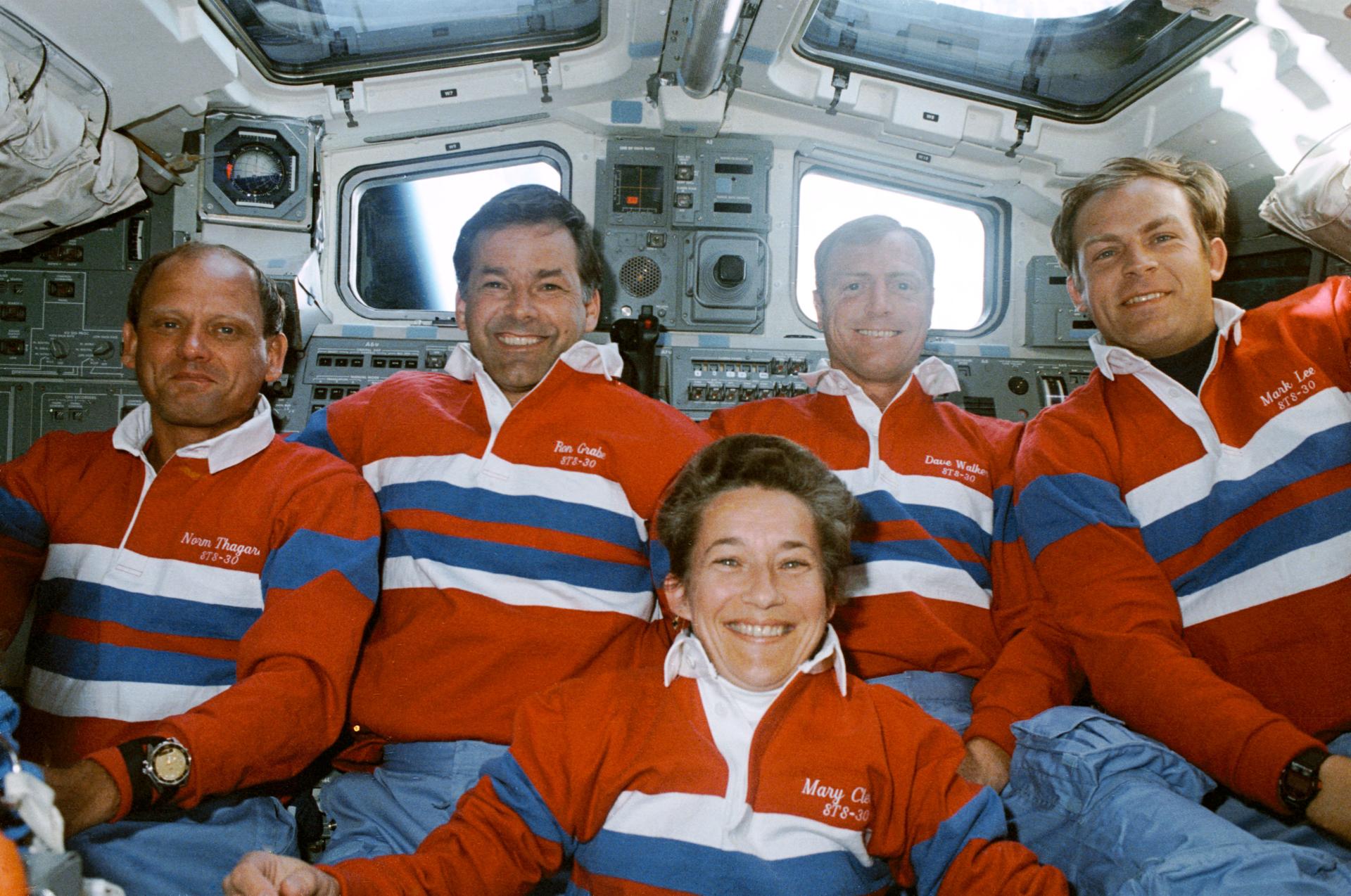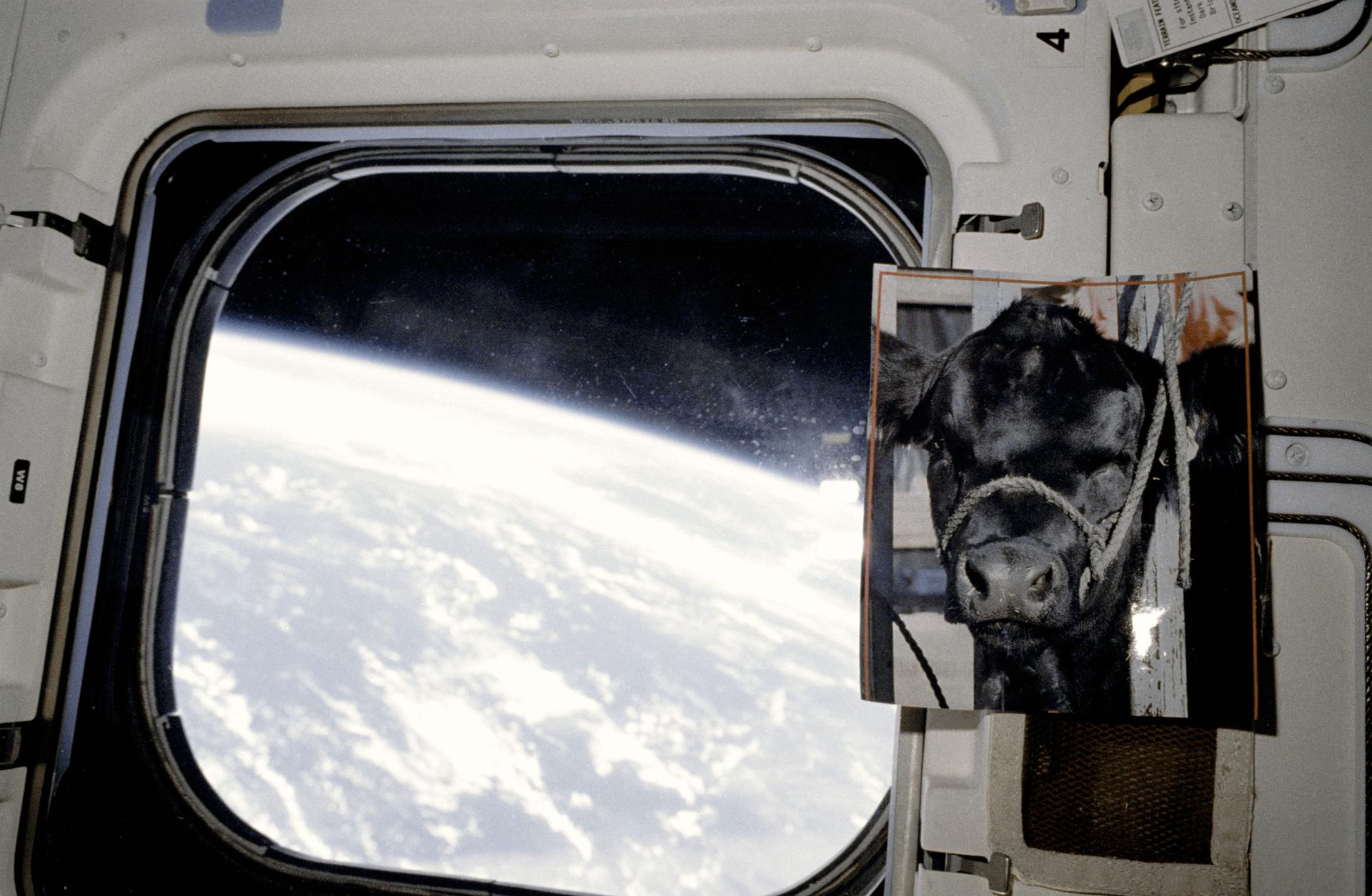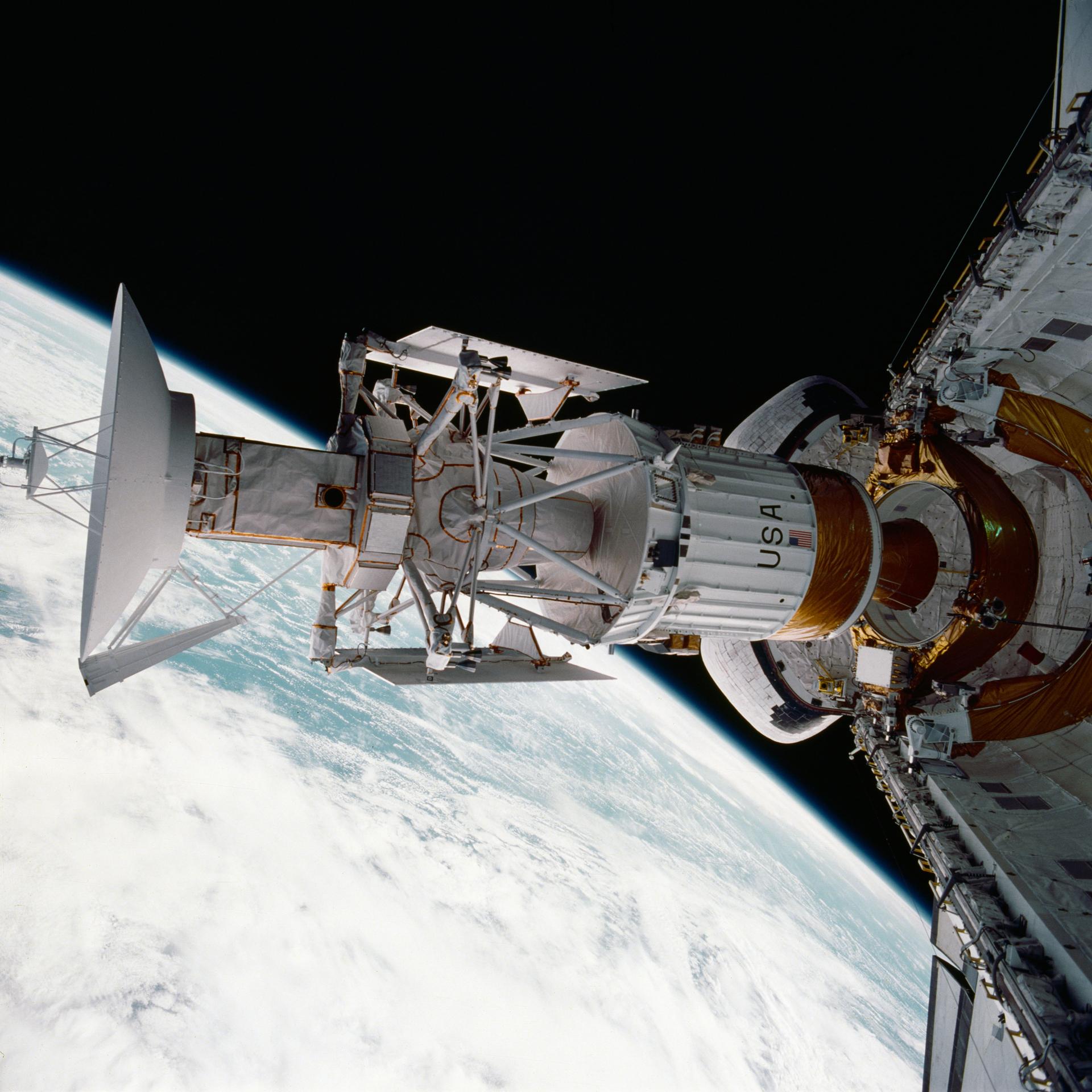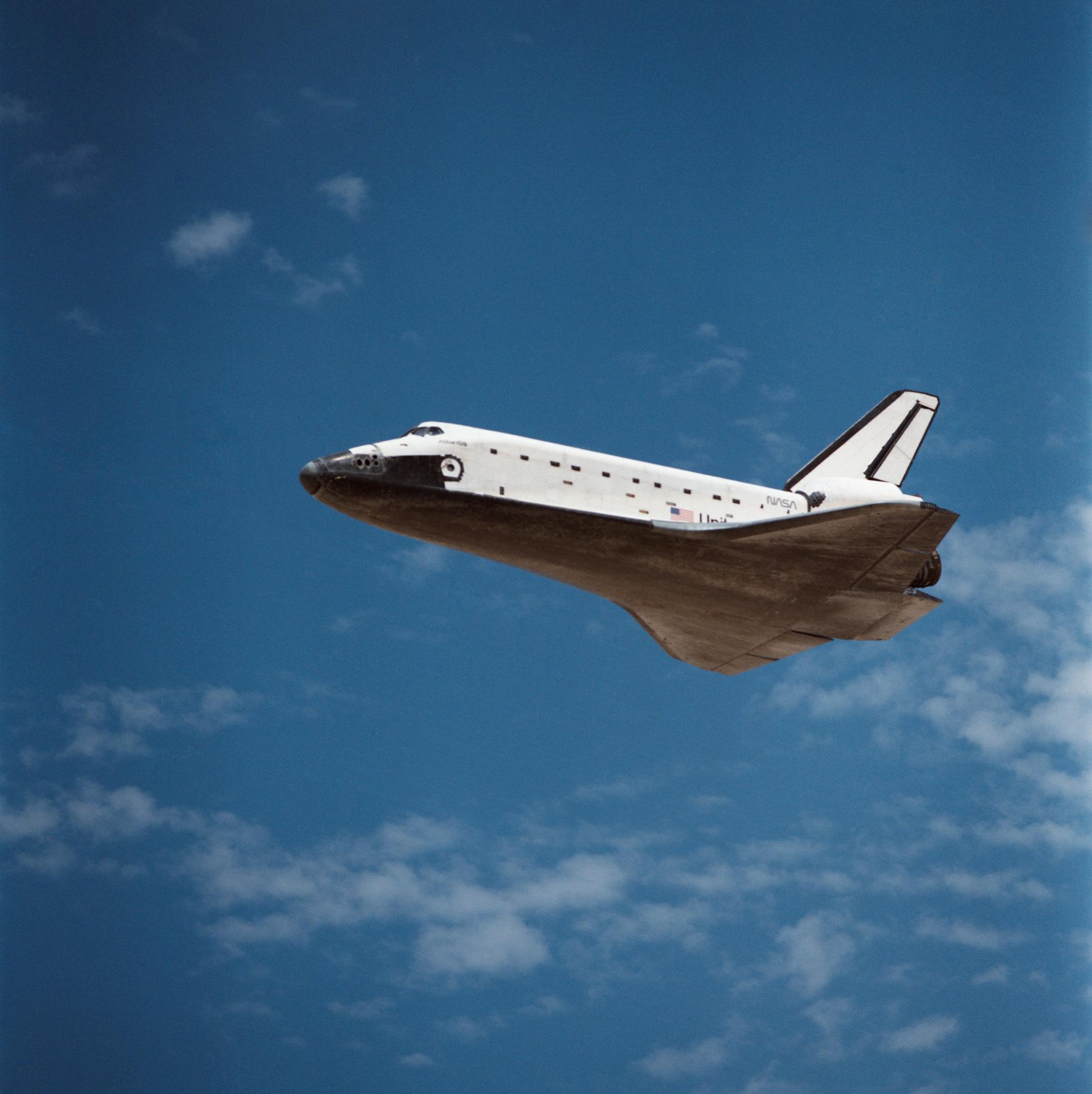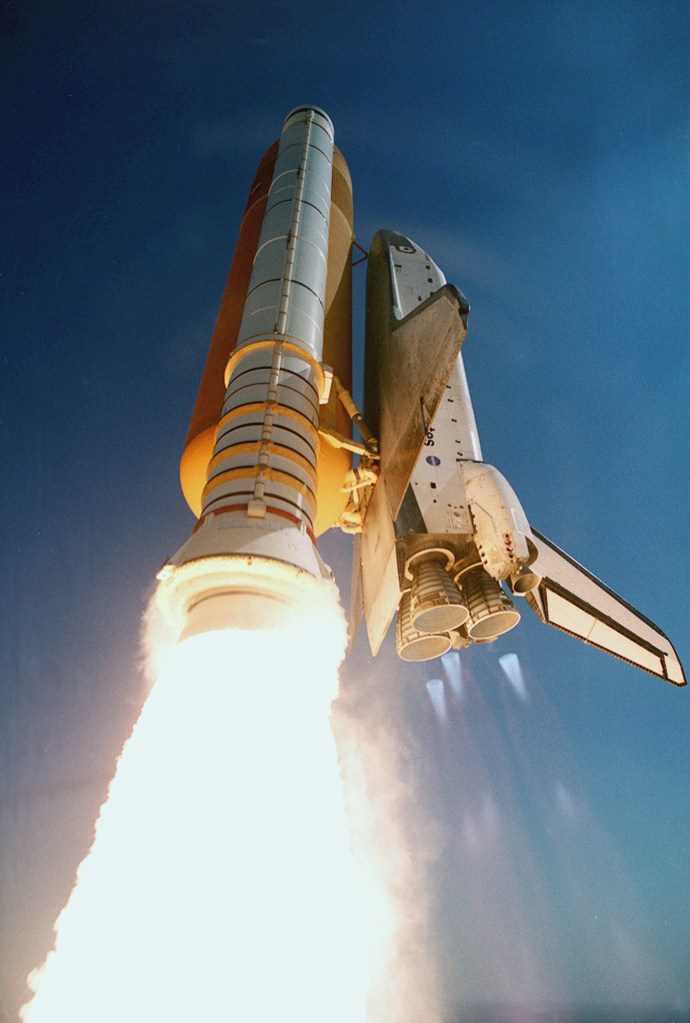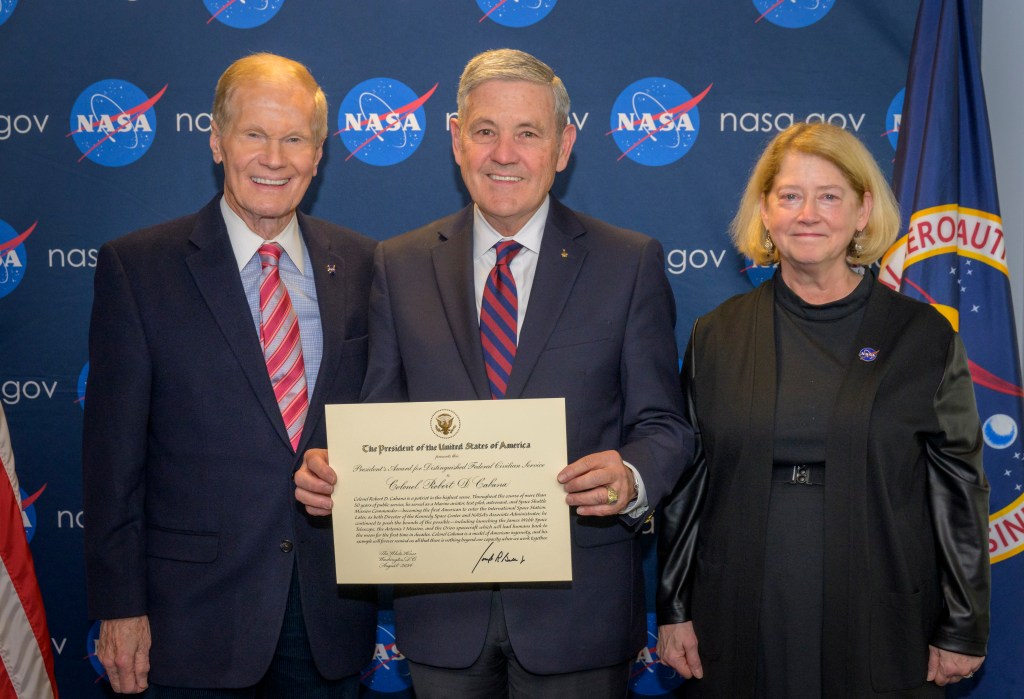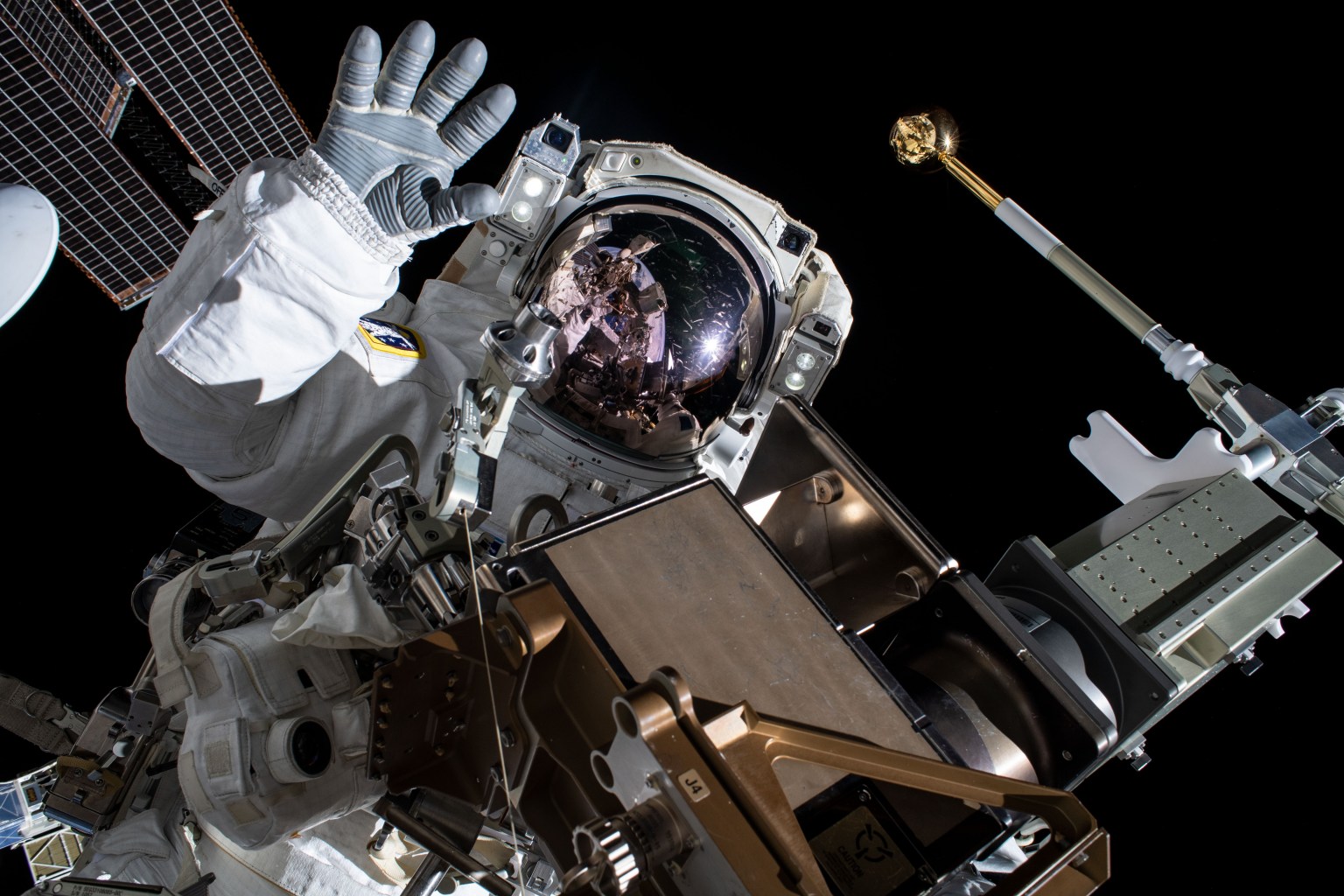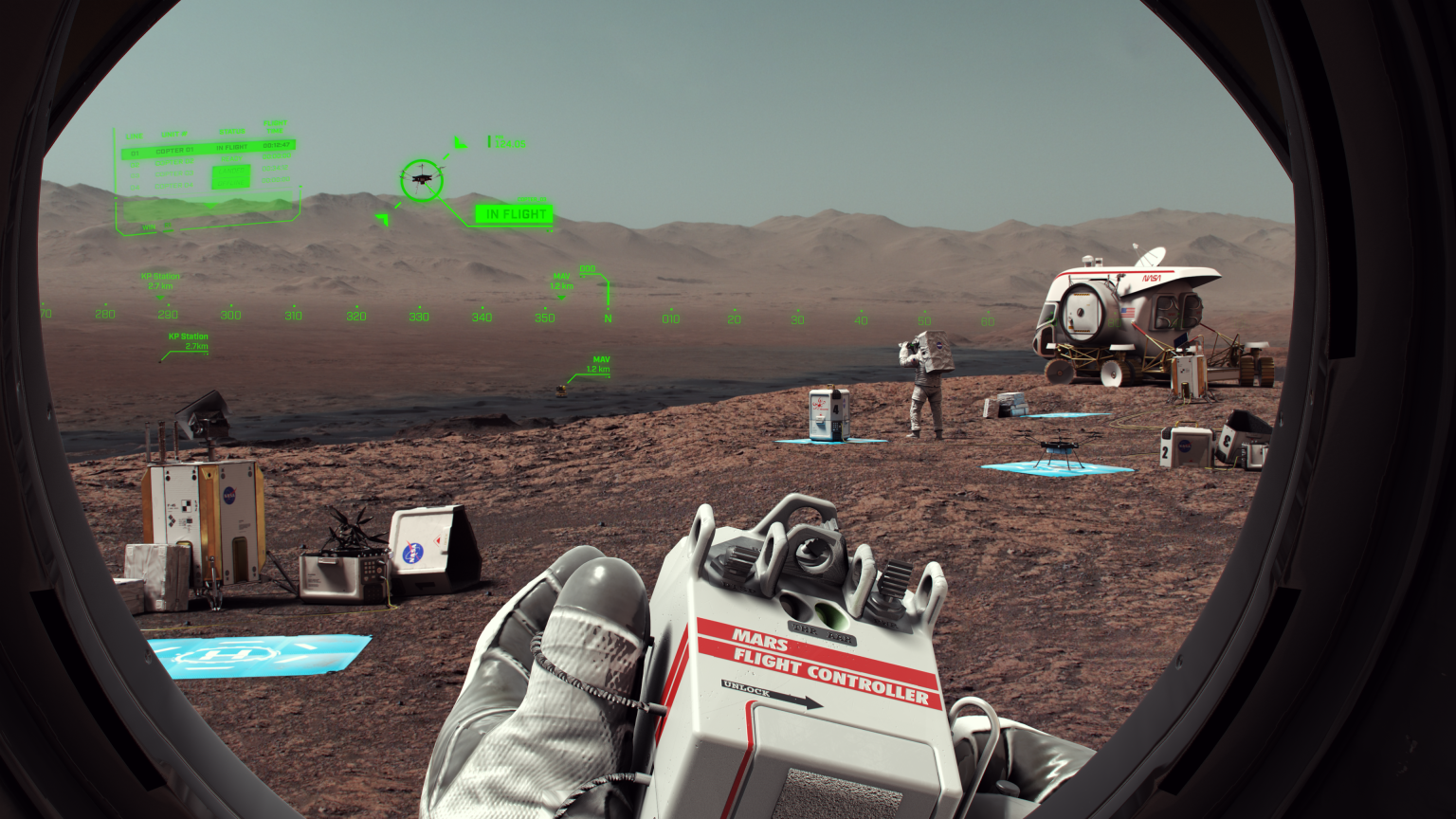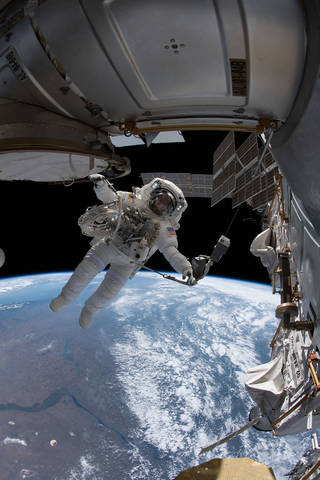
STS-30
STS-30's primary payload was the Magellan/Venus radar mapper spacecraft.
Orbiter
mission duration
Launch
Landing
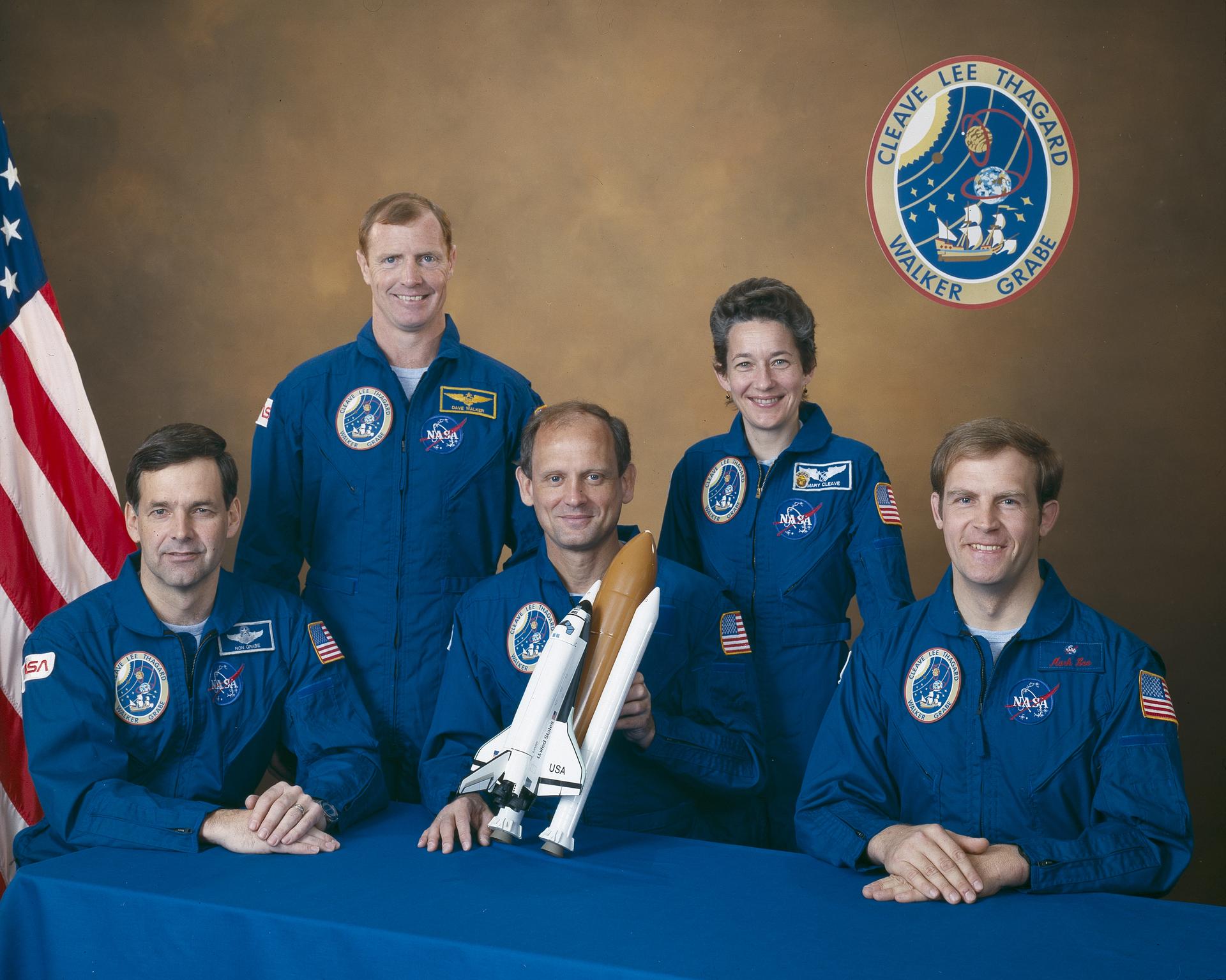
Mission Facts
Mission: Magellan
Space Shuttle: Atlantis
Launch Pad: 39B
Launch Weight: 261,118 pounds
Launched: May 4, 1989, 2:46:59 p.m. EDT
Landing Site: Edwards Air Force Base, Calif.
Landing: May 8, 1989, 12:43:26 p.m. PDT
Landing Weight: 194,789 pounds
Runway: 22
Rollout Distance: 10,295 feet
Rollout Time: 64 seconds
Revolution: 65
Mission Duration: 4 days, 0 hours, 56 minutes, 27 seconds
Returned to KSC: May 15, 1989
Orbit Altitude: 184 nautical miles
Orbit Inclination: 28.8 degrees
Miles Traveled: 1.7 million
Crew
David M. Walker, Commander
Ronald J. Grabe, Pilot
Norman E. Thagard, Mission Specialist
Mary L. Cleave, Mission Specialist
Mark C. Lee, Mission Specialist
Launch Highlights
The launch scheduled for April 28 was scrubbed at T-31 seconds due to a problem with the liquid hydrogen recirculation pump on the number one main engine and a vapor leak in a four-inch liquid hydrogen recirculation line between the orbiter and the external tank. The repairs were made and launch was reset for May 4. Liftoff was delayed until the last five minutes of a 64 minute window opening at 1:48 a.m. EDT due to cloud cover and high winds at KSC shuttle runway, violating return-to-launch-site limits.
Mission Highlights
The primary payload, a Magellan/Venus radar mapper spacecraft and attached Inertial Upper Stage (IUS), was deployed six hours, 14 minutes into flight. The IUS first and second stage fired as planned, boosting the Magellan spacecraft on a proper trajectory for a 15-month journey to Venus.
Secondary payloads were: Mesoscale Lightning Experiment (MLE), microgravity research with Fluids Experiment Apparatus (FEA), and Air Force Maui Optical Site (AMOS) experiment.
One of five General Purpose Computers (GPC) failed and had to be replaced with a sixth onboard hardware spare. This is the first time a GPC was switched on orbit.
STS-30
Shuttle News
Retired Space Shuttle Locations
Shuttle Atlantis – Kennedy Space Center Visitor Complex Shuttle Discovery – Steven F. Udvar-Hazy Center Shuttle Endeavour – California Science…
Read the Story